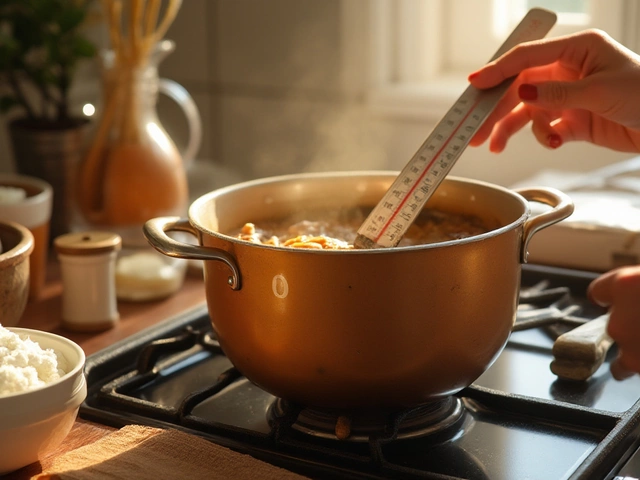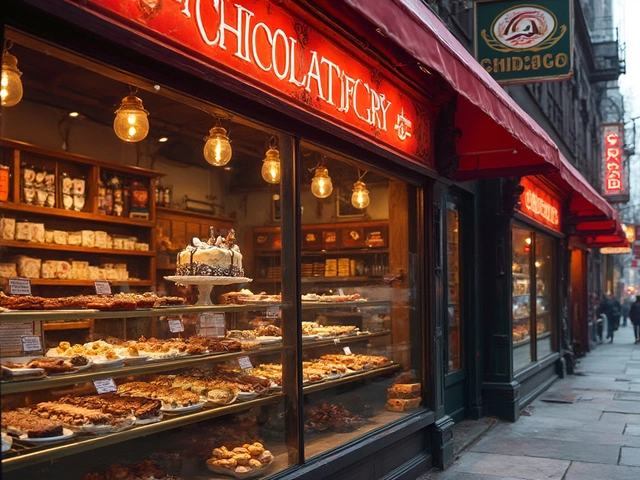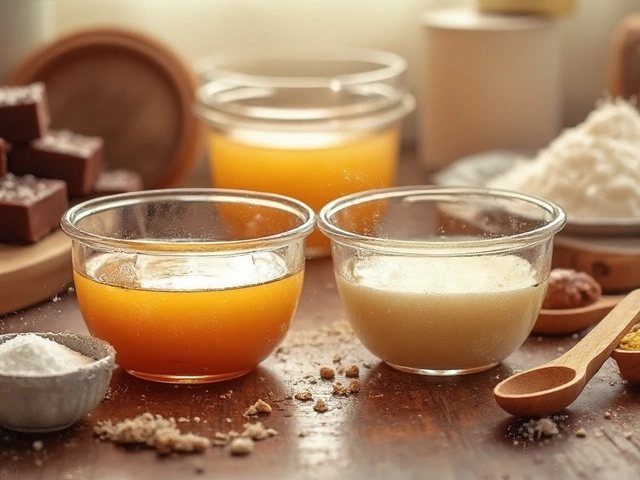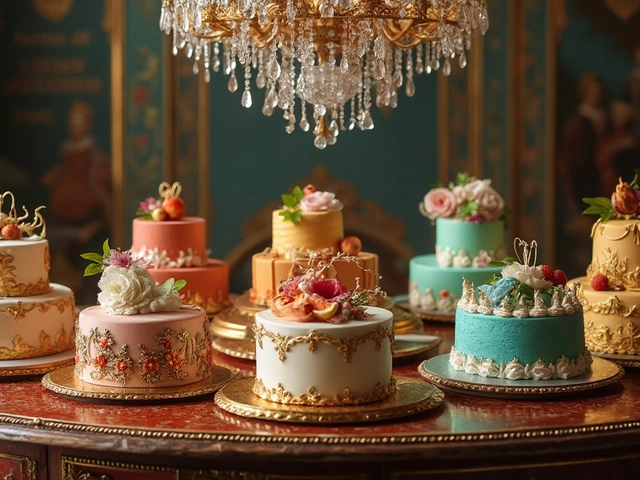Fudge Mistakes: Why They Happen and How to Fix Them
If you’ve ever ended up with grainy, dry, or burnt fudge, you’re not alone. Most home bakers hit a snag the first time they try this classic candy. The good news? Every mistake has a simple fix, and you can turn a disaster into a silky, buttery batch with a few tweaks.
Wrong Temperature – The Biggest Fudge Fail
Fudge lives or dies at the soft‑ball stage, which is roughly 235°F to 240°F (112°C‑115°C). Too low and the sugar won’t set, leaving a runny mess. Too high and you’ll scorch the sugar, giving a bitter taste and crumbly texture. The easiest way to avoid this is to use a candy thermometer. If you don’t have one, watch the steam rise steadily and the syrup thicken. A quick tip: dip the spoon in cold water; if the syrup forms a soft ball that flattens slowly, you’re in the right range.
Altitude changes the game too. For every 1,000 feet above sea level, lower the temperature by about 2°F. It sounds technical, but you can just add a minute or two less cooking time if you live high up. The key is to keep an eye on the texture, not just the clock.
Grainy or Chalky Texture – Mixing Mistakes
One common complaint is fudge that feels gritty in the mouth. That graininess comes from sugar crystals that form when the mixture is disturbed too early. Let the cooked fudge sit untouched for a minute or two after removing it from heat. Then, beat it gently with a wooden spoon until it loses its shine and becomes thick. Over‑mixing after it cools, however, can re‑crystallize the sugar, so stop when it looks glossy and starts to pull away from the sides of the pan.
Another trap is using the wrong kind of chocolate. Real cocoa butter in good quality chocolate melts smoothly and helps keep the fudge creamy. Milk chocolate with too much milk powder can cause a grainy feel. If you want a richer fudge, stick to semi‑sweet or dark chocolate with at least 60% cocoa.
Finally, moisture is a silent culprit. A wet spoon or a pan that isn’t fully dry adds extra water, which changes the sugar concentration and leads to a softer, almost caramel‑like fudge. Dry everything before you start, and keep the kitchen humidity low if possible.
Now that you know the usual pitfalls, you can plan ahead. Grab a reliable thermometer, use quality chocolate, and resist the urge to stir too early. The next batch should be smooth, glossy, and melt in your mouth, just the way fudge was meant to be.
Got a fudge story that didn’t go as planned? Share it in the comments – we love hearing about the sweet wins and the not‑so‑sweet moments. And remember, every mistake is just a step toward mastering the perfect fudge.
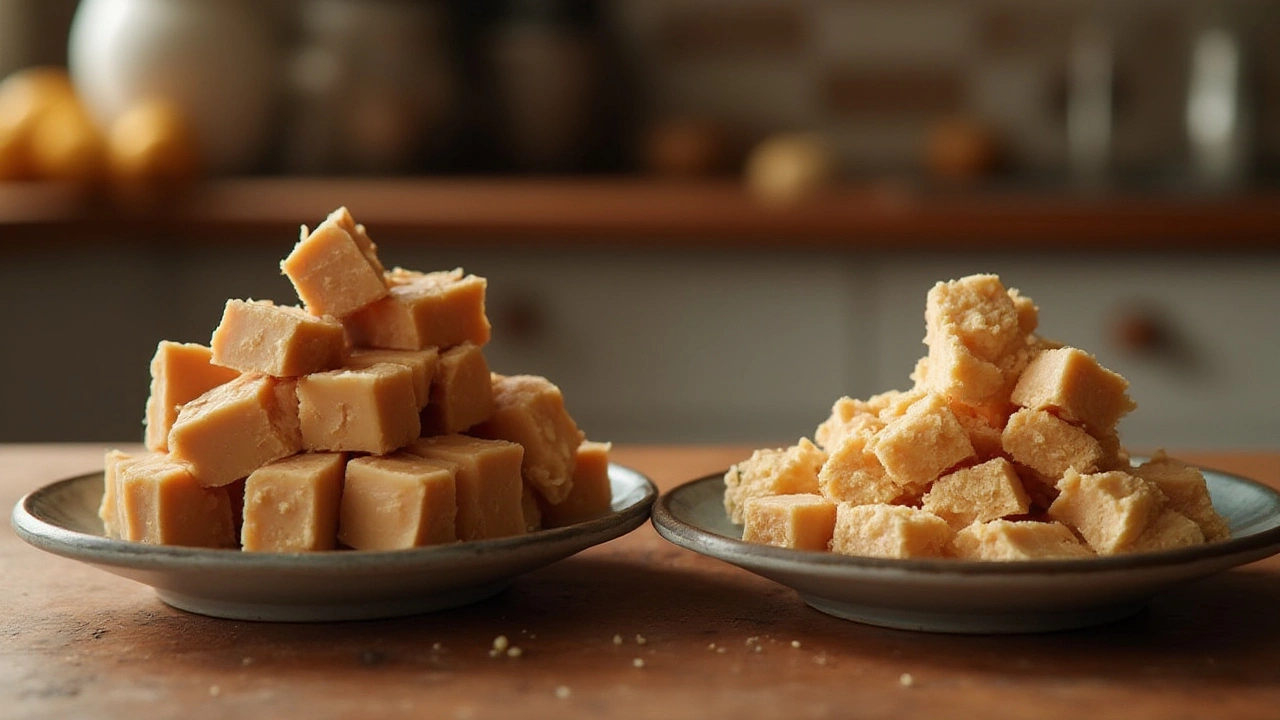
Boiling Fudge Too Long: What Really Happens and How to Fix It
Ever end up with crumbly, rock-hard fudge? Read to see what really happens if you boil fudge too long—and how you can salvage it or get it right every time.
View More
